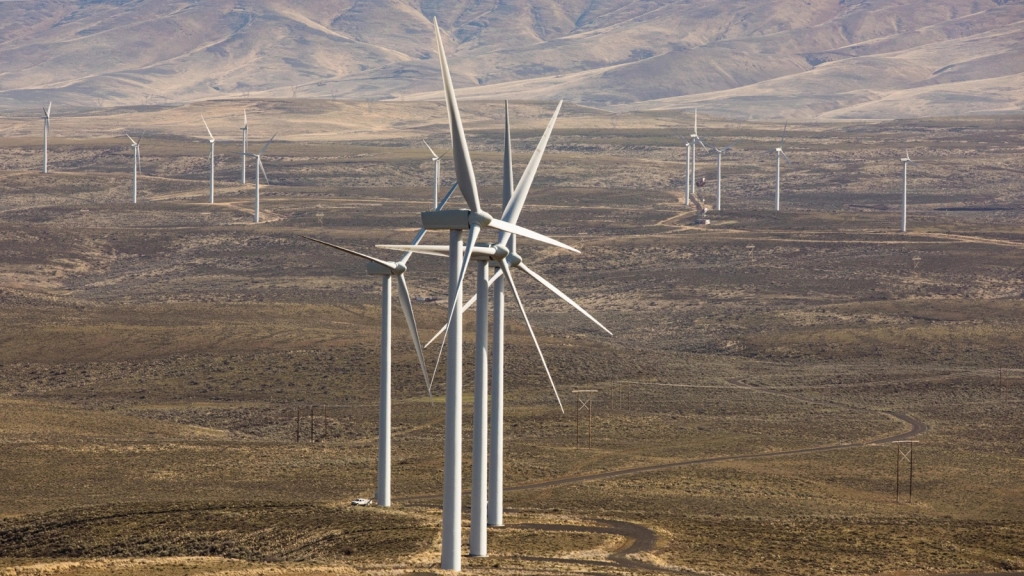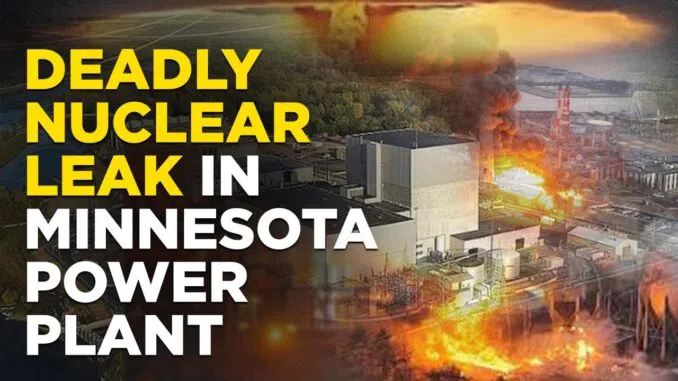The CEO of JP Morgan Chase, Jamie Dimon, has called for the use of the eminent domain to increase the production of solar and wind energy. In his annual letter to shareholders, he warned that the window to prevent the costliest impacts of climate change is rapidly closing and that urgent action is required. Dimon argues that the need to provide affordable and reliable energy today, as well as investments to decarbonize for tomorrow, are inextricably linked to economic growth, energy security, and climate change.
To expedite progress in this area, Dimon suggests that governments, businesses, and non-governmental organizations should align to address fundamental issues holding us back. This includes massive global investment in clean energy technologies, which must grow year-over-year. However, Dimon also notes that permitting reforms is urgently needed to allow investment to happen in a timely way. If necessary, eminent domain could even be invoked to seize private land.
Although the eminent domain is supposed to be used only for government projects, such as necessary roads or sewers, it has been expanded to include initiatives that are of interest to policymakers, including private business pursuits. For example, a 2005 Supreme Court case, Kelo v. New London, opened up the use of the eminent domain for projects by private real estate developers. Even conservative Republican states like Tennessee have floated the idea of using eminent domain to build electric vehicles.
The push to move toward solar and wind technology comes despite serious questions about the cost and reliability of such energy sources. In 2018, the energy-producing capacity of solar and wind actually lost ground to gas-fired generators. Experts raise concerns about the fact that solar and wind are called “intermittent” because they frequently produce far less power than their nameplate capacity; often, they produce none at all. In contrast, gas-fired power runs most of the time, although it does require some downtime for maintenance.
Sterling Burnett, a researcher with the Heartland Institute, also highlighted the problems of a move toward so-called renewable energy. Despite these concerns, Dimon argues that it is essential to do more to increase the production of clean energy.
In conclusion, Dimon’s call for eminent domain to expand clean energy production is a controversial but potentially necessary measure to combat the effects of climate change. While there are concerns about the cost and reliability of renewable energy, Dimon argues that urgent action is needed to address fundamental issues that are holding us back.
Free Speech and Alternative Media are under attack by the Deep State. Real News Cast needs reader support to survive. Please Contribute via GoGetFunding



